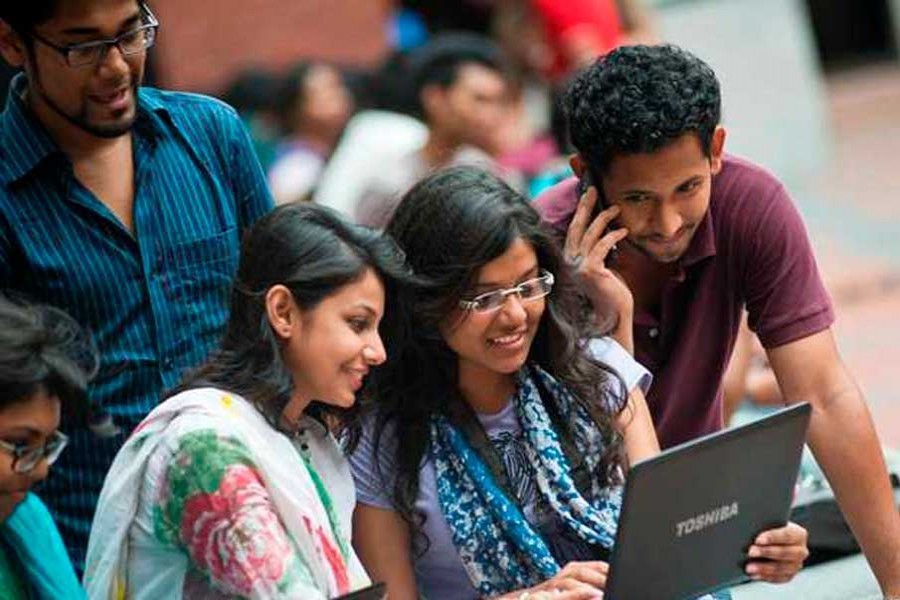How much a society values its youths can be best known from the fund it allocates for their development. How does Bangladesh fare when it comes to the attention its youths get from the state? The issue figured prominently at a recent talk held virtually in the city. Economists and international NGO leaders at the talk pointed to the inadequacy of the budgetary provisions for the youths in FY 2021-22. In fact, a look at the list of the projects under the Annual Development Programme (ADP) for FY 22 will reveal that only 14 per cent of those are youth-focused. And 60 per cent of the ADP for 22 ministries has practically made no provision for the youths. Furthermore, two of the ministries, namely, the planning and the post and telecommunications, have only 5.0 and zero (0) per of the ADP dedicated for the youth. All this is hardly inspiring for the youths who are at present employed as well as those about to join the country's workforce. All the more so when one takes into account the fact that the country's youth unemployment rate is at present 10.6 per cent which is more than double the nation's total unemployment rate at 4.2 per cent. Actually, the youths aged between 15 and 24 years, who make up 20 per cent of the population, have been hard hit by the pandemic. So, it is only expected that they receive the highest attention from the government. This is for the simple reason that the section of the youths about to complete their secondary, higher secondary levels of education as well as graduation is in limbo due to the pandemic for more than a year. As a consequence, their future career for advanced education or job market may have been compromised.
In this context, a study shows that families of 8.4 million students were already below the poverty level in the pre-pandemic time. So, it is anybody's guess what might have happened to those students and their families following the pandemic attack. So, addressing the existential crisis that these youths and their families are in should be a priority concern before the government. It is not just relief or social safety net programme (SSNP) that is enough to improve their lot. What these millions of youths deserve is clear-cut provisions spelt out in the national budget for their development. Only such a policy can unleash the full potential of the country's youths and pave the way for building an industrial society where both the fertility and mortality rate of the population would decline. Then the oft-cited objective of realising the demographic dividend would be possible. Otherwise, if the country's main work force, youths, are kept out of focus, no effort towards the economy's recovery from the pandemic shock, or its continued growth can work. However, allocation of sufficient funds in the budget is also not the sole answer to the question of development and well-being of the youth. Clearly, there should a policy framework under which the issues relating to, for example, their health, education, job, skill development, self-employment, etc can be addressed. At this point one thing must be clear: the case for pledging adequate resources in the budget for the country's youths is not purely a moral question. It is also an economic imperative.


